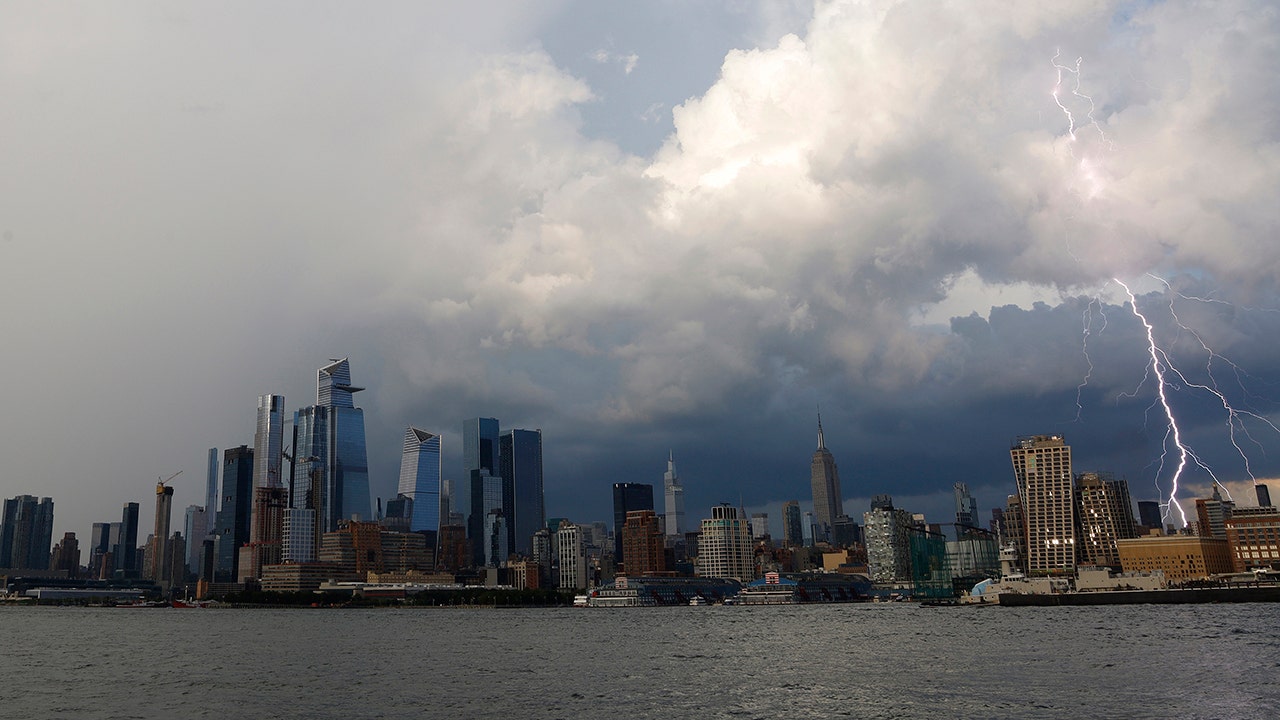 (Photo credit: Marco Brandstetter / public domain)
(Photo credit: Marco Brandstetter / public domain)
Transcript:
Last June, 13 inches of rain fell on parts of South Dakota in just three days, flooding miles of cropland and causing rivers to overflow.
Just two months later, about a foot of rain hit Connecticut in one day, covering roads with mud and water and killing two people.
And this year, several days of heavy downpours caused the Ohio and Kentucky rivers to flood, devastating many homes and businesses in Indiana and Kentucky.
As the climate changes, this kind of extreme rain is expected to become more common in many areas.
Climate change is causing Earth’s atmosphere to get warmer, and warmer air can absorb a lot more water.
All that water builds up into clouds until it releases as a major storm, sometimes dumping inches of rain in mere hours.
When that much rain falls all at once, it can quickly fill up stormwater drains. Water can then rush into low-lying areas and even cause flash floods.
Because of climate change, people from the Northeast to the Midwest to the South now face a higher risk of intense rain and dangerous floods.
So it’s important that everyone make a plan to keep themselves and their homes safe in case extreme weather hits.
Reporting credit: Ethan Freedman / ChavoBart Digital Media









 English (US) ·
English (US) ·